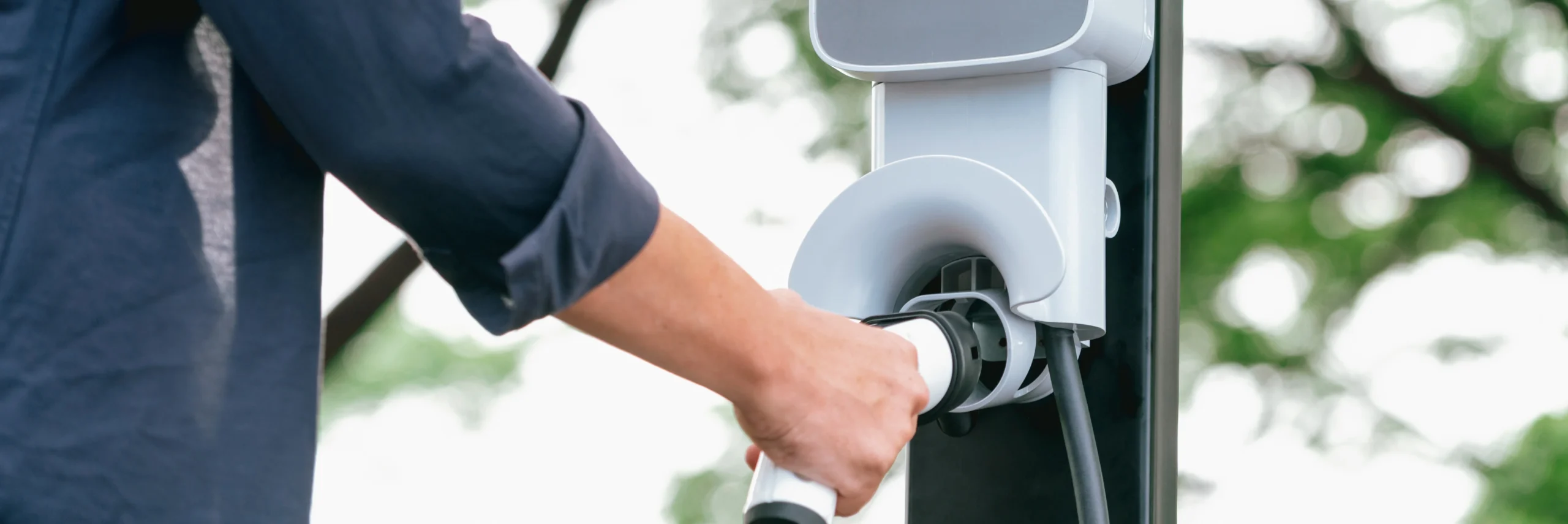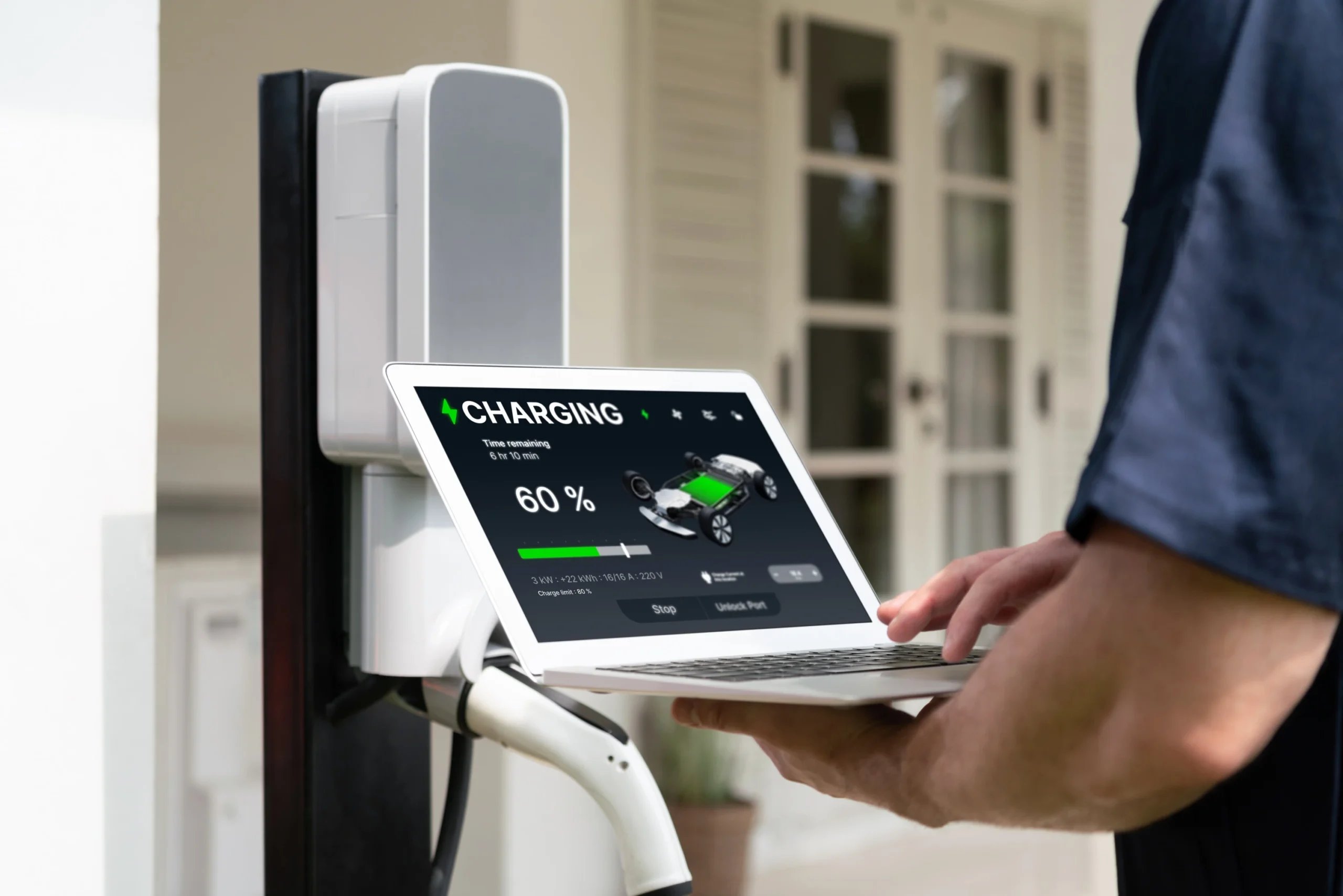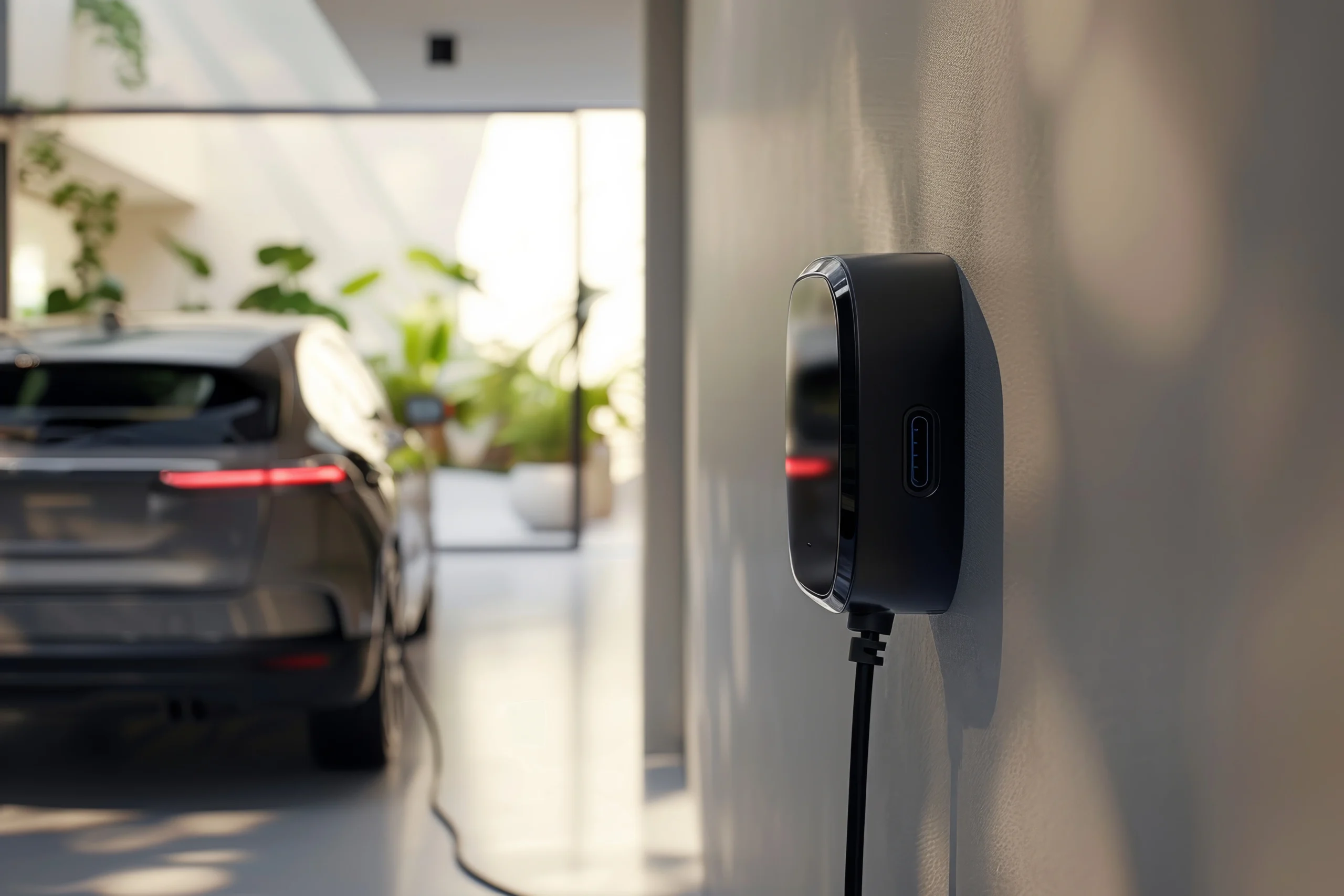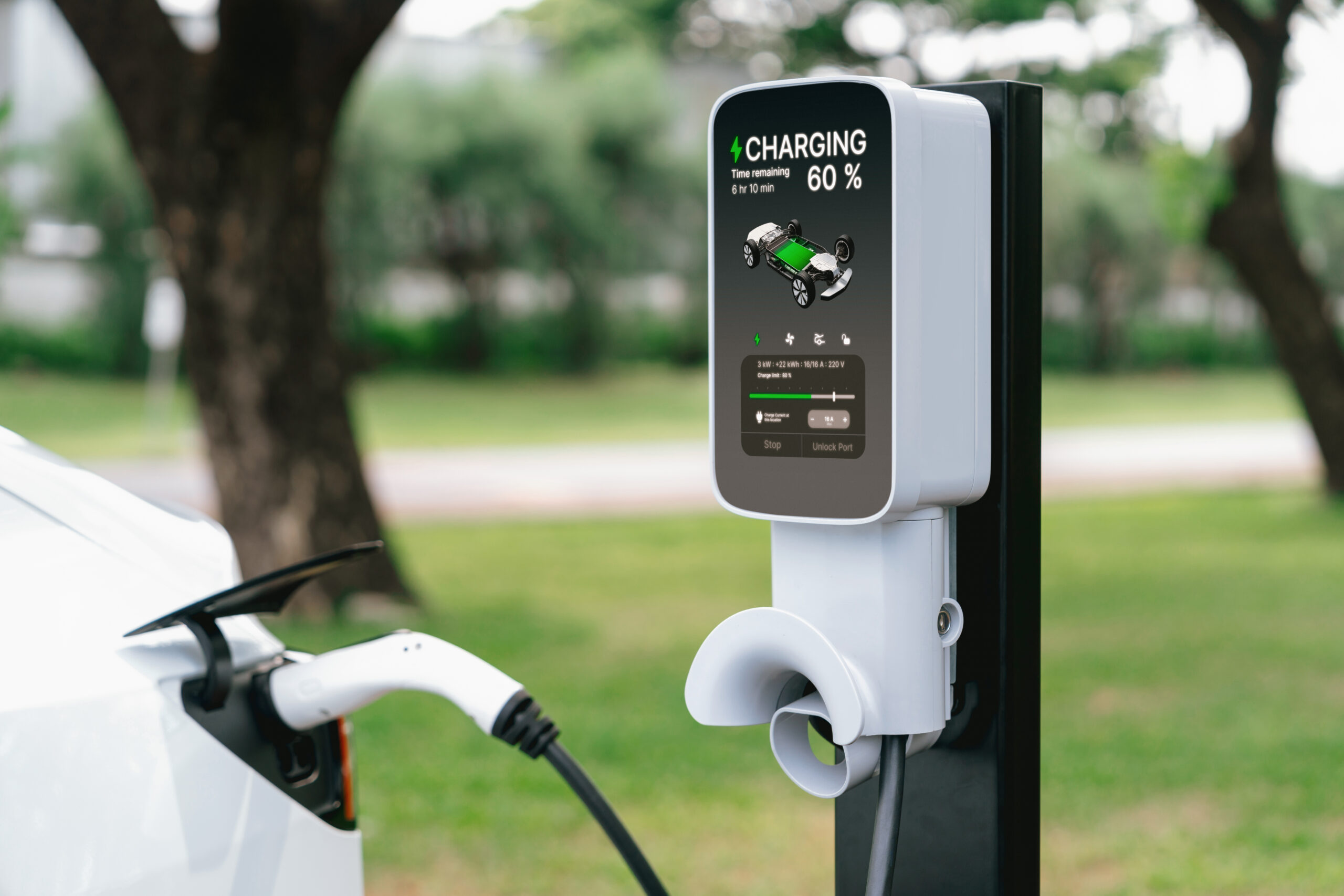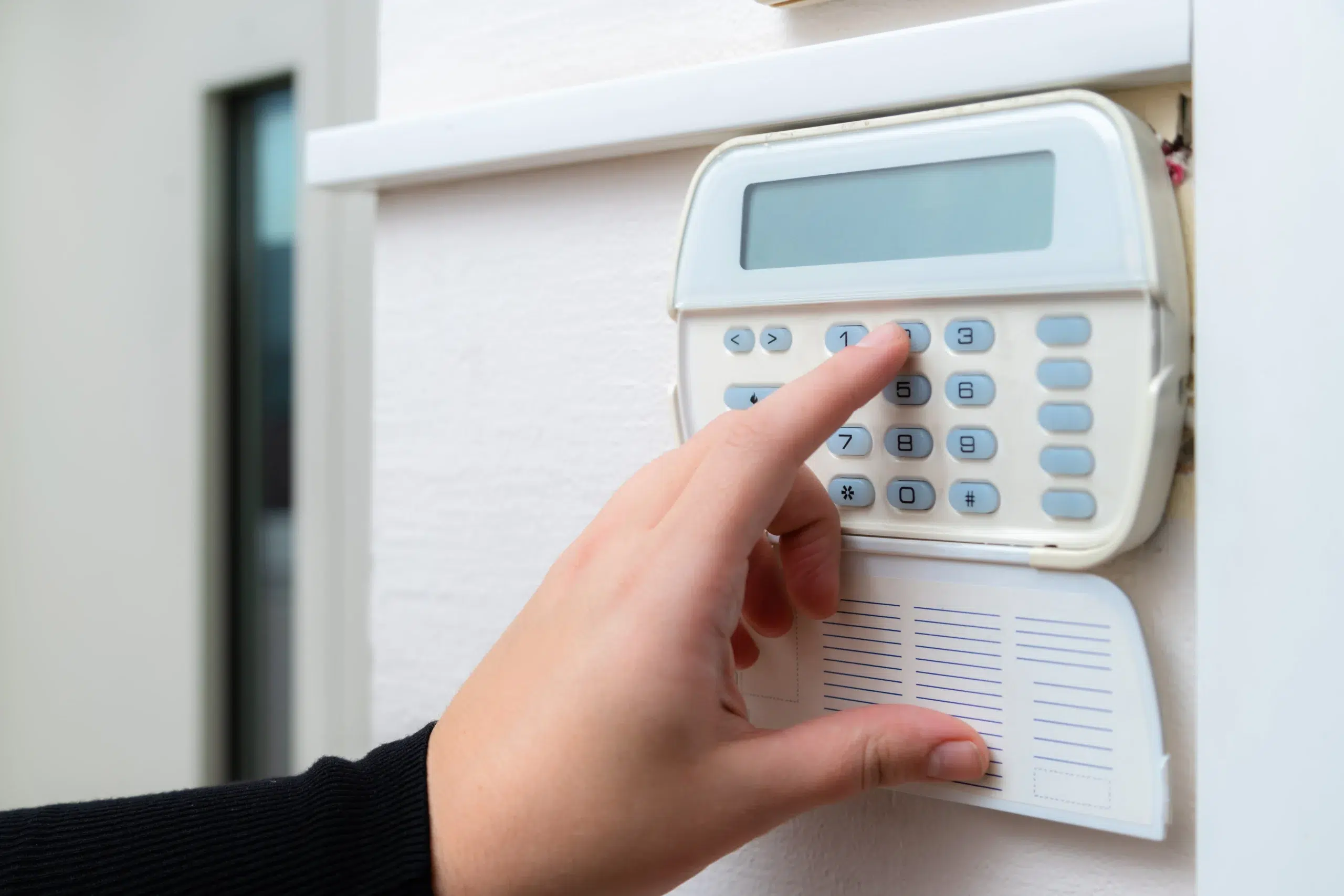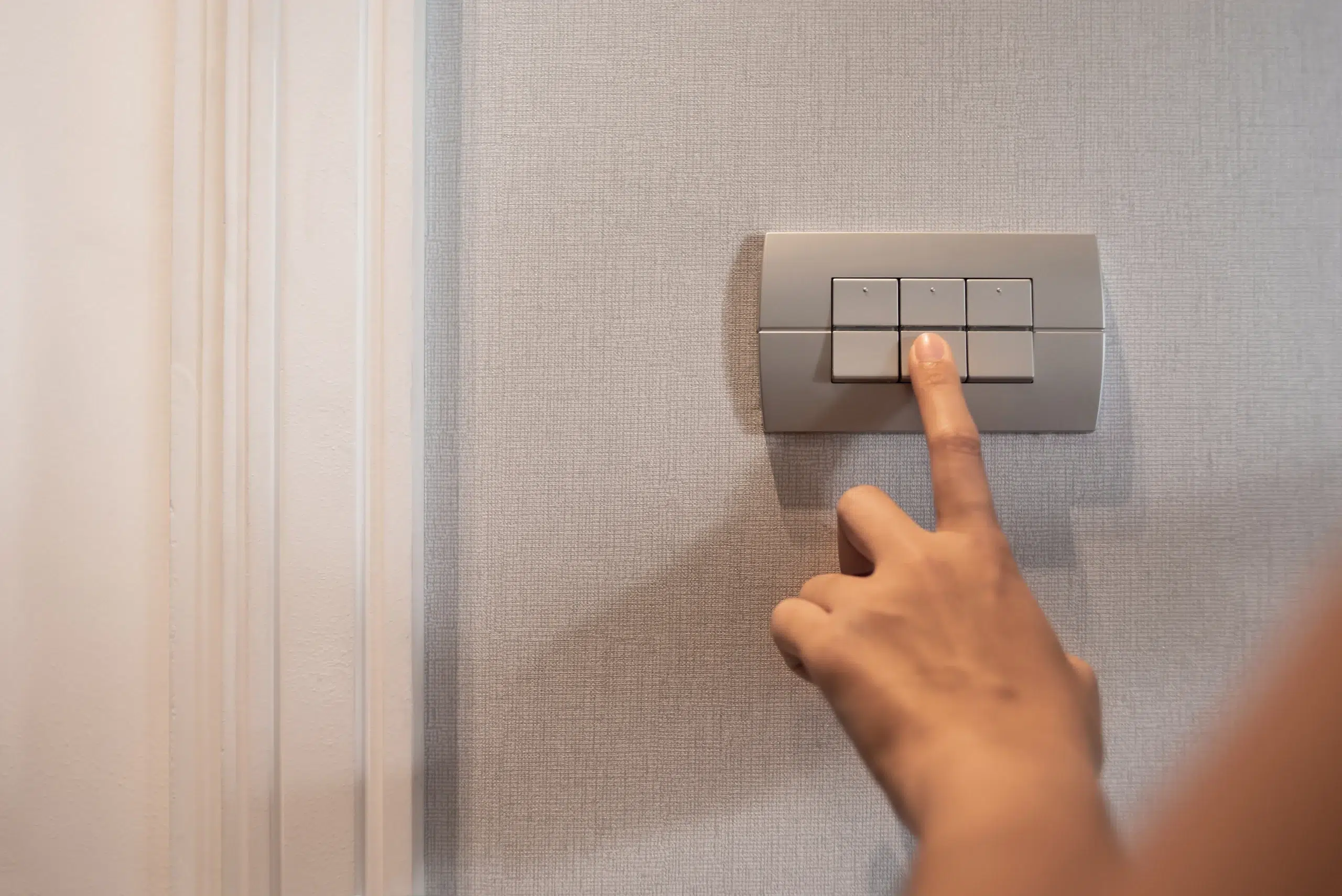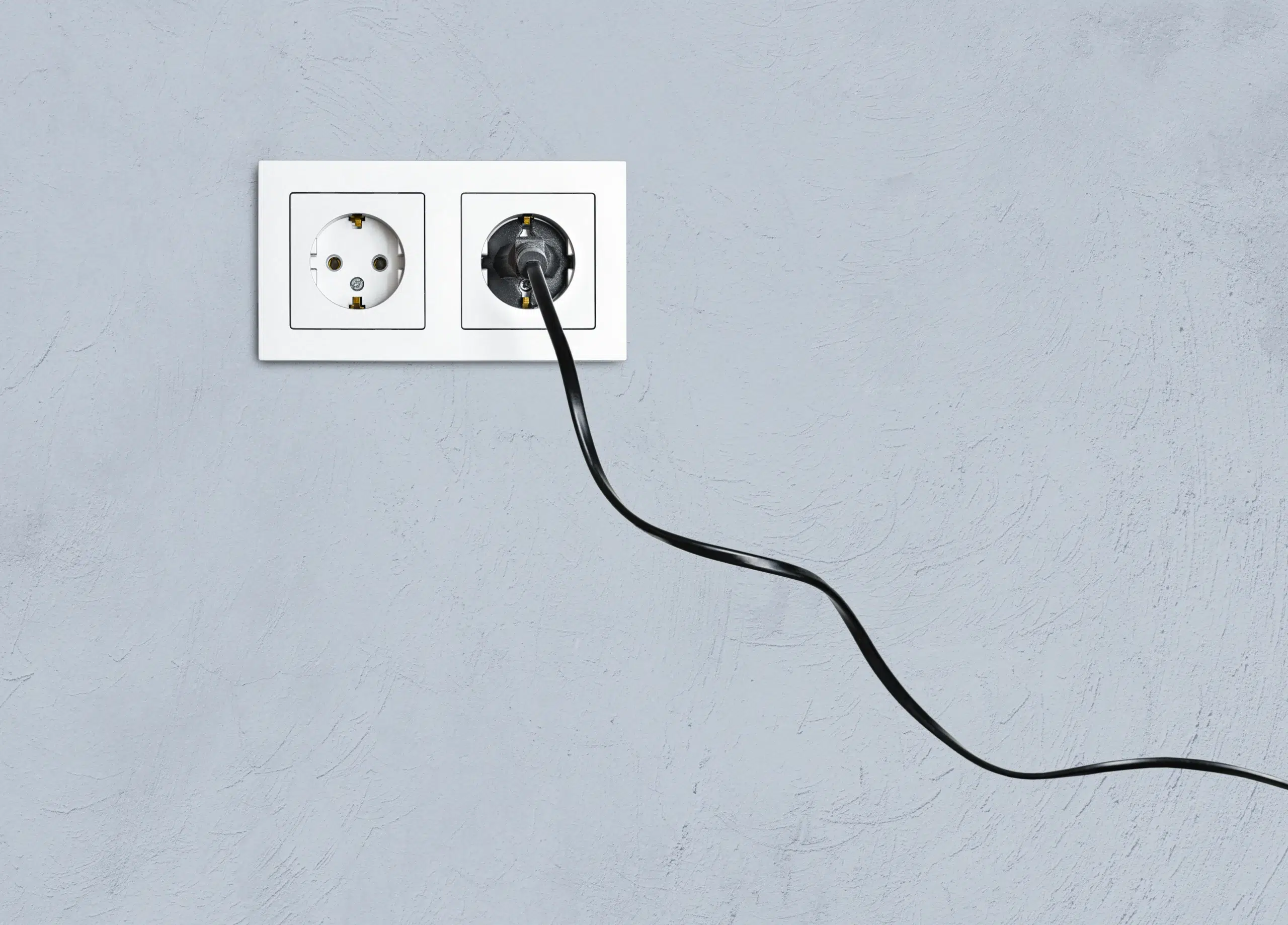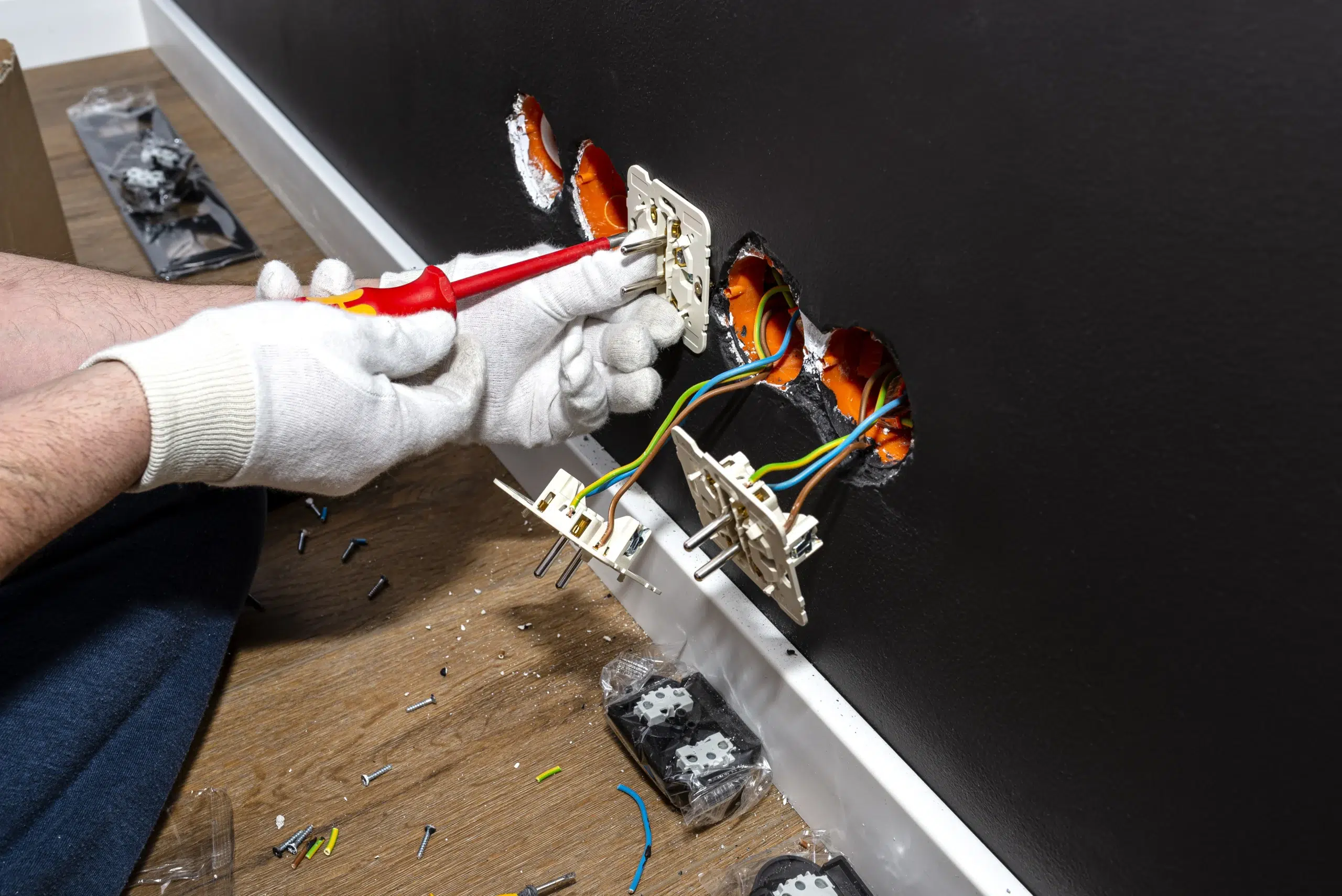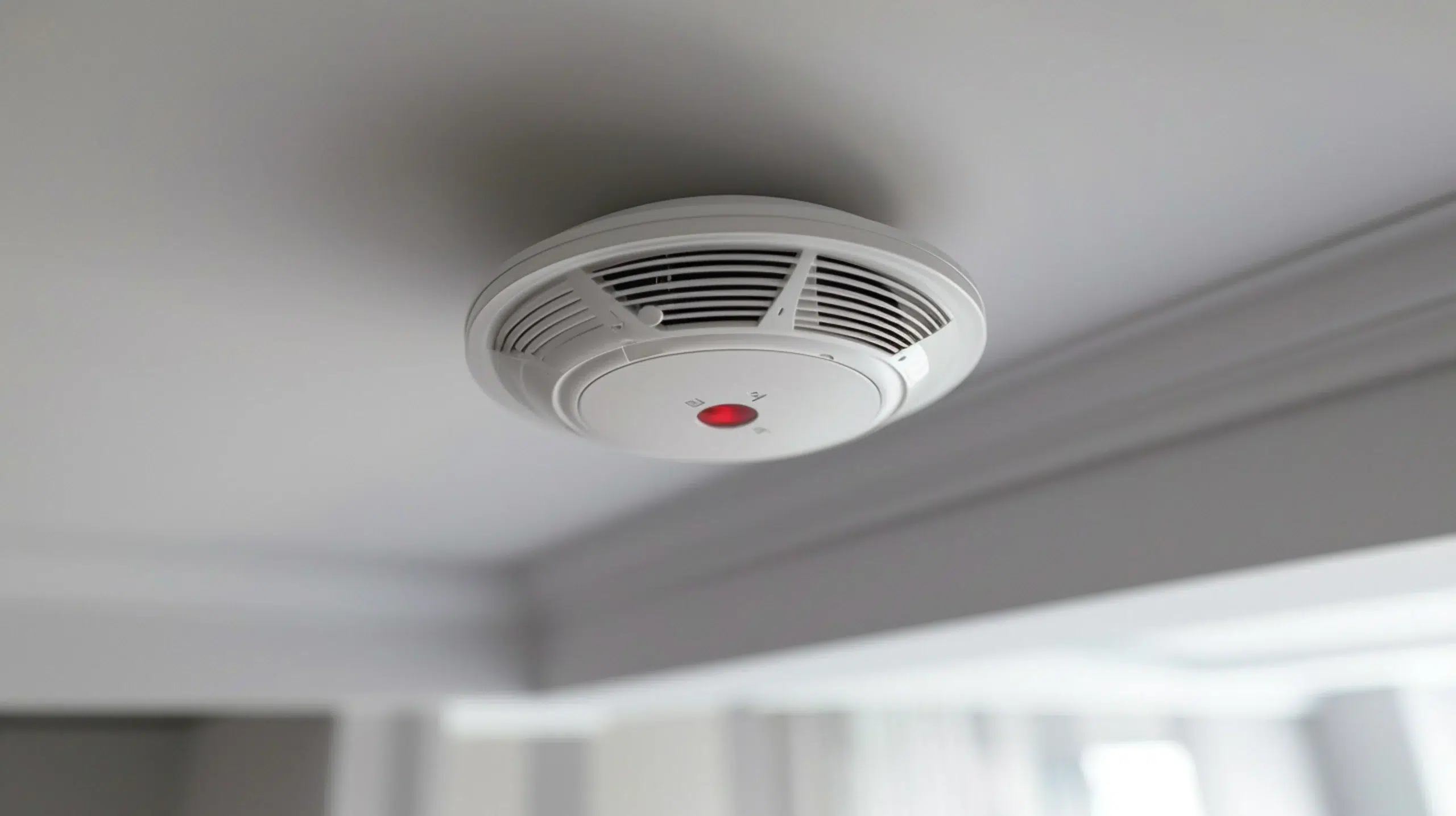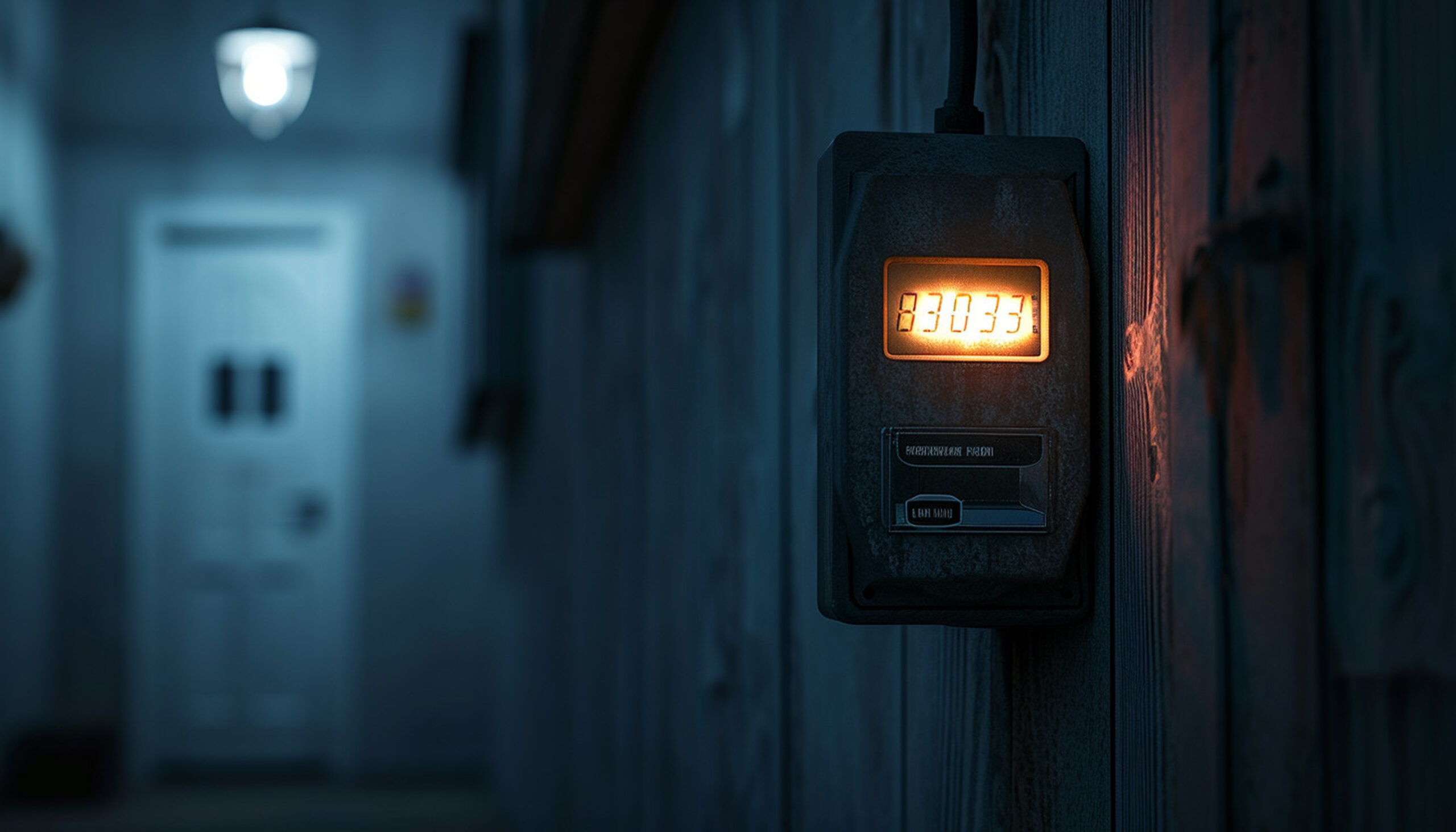Are you planning to acquire an air conditioning system to remain cool this summer? Understanding installation costs before making a purchase is essential for both split-system bedroom units and ducted residential systems. The cost to install an air conditioner depends heavily on the chosen system type, the required installation extent, and the property location.
The selection of indoor or outdoor units, along with installation work and wall-mounting requirements, will directly increase your budget. The selection of power-efficient models leads to future financial savings because of reduced electricity expenses.
This blog provides complete details about the average lifespan of air conditioners and cooling techniques, alongside expert-approved installation guidance to help you choose optimally.
Understanding Air Conditioning Installation
Setting up split system air conditioners and ducted air conditioning systems alone does not complete an air conditioning installation procedure. The installation requires proper planning and implementation to achieve the best operational outcomes. A team of professionals starts by inspecting the site to find optimal placement spots for indoor and outdoor units that support efficient cool air transmission.
The running cost of the process requires the insured technicians to perform bracket installation and drilling operations, and possibly add new pipes to the system. System upgrade processes may require users to uninstall previous versions, alongside testing all hardware components.
Proper air conditioning maintenance provides several benefits because it prevents ongoing costs and supports smooth air conditioning operation. It results in yearly cooling capacity with financial savings. A certified team ensures your system adheres to all trade regulations.
Types of Air Conditioners and Their Installation Costs
Window Air Conditioners
Window air conditioners represent an affordable solution because they effectively cool single areas of a house. The market offers inexpensive units for installation, usually costing between $200 and $600, depending on the system size and installation site location. Unit placement in the window frame, along with minimal electrical work and no complex labour, makes installation straightforward.
These units tend to increase energy expenses through ongoing usage due to higher power consumption. Selecting the correct new air conditioner unit is essential to avoid energy waste from inefficient cooling.
Split or Ductless Air Conditioners
A split system air conditioner offers an effective and adaptable cooling solution. The indoor unit is placed within the room, and the heat exchange process is routed to an exterior unit. Installation expenses for split system air conditioners start at $1,500 and may extend to $4,500, depending on installation intricacy and the number of indoor units required.
The installation crew needs to drill holes for piping and align the units for maximum efficiency. Split systems reduce monthly electricity costs by providing precise cooling and using less power than window units.
If you’re opting for a split system, remember that the installation date plays a crucial role in ensuring your system is set up in time for summer. Be sure to work with a licensed professional who holds an air conditioning licence to ensure trade compliance and avoid issues in the future.
Central Air Conditioning Systems
Central air conditioning systems are designed to cool an entire home or large space efficiently. These systems are more complex and involve extensive ductwork to distribute cool air throughout the home. Ducted air conditioning systems have installation costs ranging from $5,000 to $15,000, depending on the size of the home and the system’s features.
The installation work is more involved, requiring significant planning, including new piping and electrical work. While the cost is higher, ducted air conditioning provides an efficient solution for maintaining air in multiple rooms or full-house setups. Additionally, modern systems offer strong energy efficiency, reducing energy bills over time despite higher upfront costs.

The Installation Process
Home Preparation
Proper preparation of your home ahead of installation is essential for an efficient installation process. The first step involves removing all items from the area where the technician will install the indoor unit. The installation process becomes simpler with clear access to the space, allowing the unit to be positioned correctly to distribute cool air effectively.
The area surrounding the outdoor unit also needs adequate preparation. The environment should allow for optimal performance, so remove all debris, plants, and other objects from the installation location.
This preparation enables the team to better manage electrical connections. It also reduces the likelihood of delays and ensures your new unit delivers better operating performance.
Installation Steps
Site Assessment
Mounting the Indoor Unit
Following the site assessment, the indoor unit is mounted to the wall using secure, level installation techniques.
To attach the unit securely and link it to the outdoor component, hole-drilling may be required. Proper placement and connection of multiple indoor units are essential for ensuring maximum performance, particularly in split system setups.
Installing the Outdoor Unit
The outdoor unit is positioned on a concrete base or mounted using specialised wall brackets. The technician ensures the unit is level and stable for optimal ventilation.
In ducted systems, the outdoor unit is placed at a preselected location, with ductwork installed inside to deliver cooled air throughout the home.
Connecting the Units
Technicians connect the indoor and outdoor units using refrigerant pipes that carry coolant. New piping is installed, and all seals are tested to prevent leaks.
In multi-split systems, each indoor unit is connected to a shared outdoor compressor to ensure continuous cooling across multiple rooms.
Electrical and Final Setup
The final step involves electrical wiring, power connection, and performance testing. The technician checks pressure levels and inspects for leaks. A correct and thorough execution of this stage ensures safe, efficient operation.
Key Factors Affecting the Cost of Installation
Air Conditioning Type
Location-Specific Costs
Air conditioning units must be correctly sized for the total area of the house. Undersized systems will underperform, while oversized units will lead to unnecessary energy costs. Mitsubishi Electric systems may be more expensive upfront but offer better efficiency and long-term savings.
Size and Capacity of the Unit
Installation becomes more complex—and costly—when there are access issues, wall-mounting requirements, or extensive drilling. Homes with multiple rooms and limited accessibility may incur higher labour and material costs.
Labour in urban areas often attracts higher fees. Installing multiple units or replacing old systems also involves removing old equipment, complying with Australian standards, and post-installation cleanup.
Installation Complexity
Demand peaks during certain times of the year, leading to higher travel and labour costs. Your installation team should include licensed air conditioning and electrical professionals with insurance coverage to ensure trade compliance.
Working with a professional team guarantees safe installation, reliable performance, and satisfaction with your cooling solution.
Conclusion
Air conditioning installation costs vary significantly based on system type, work complexity, geographic location, and energy efficiency. Factors such as electrical work, wall brackets, indoor units, and new piping should be considered before purchasing.Request a free quote and ensure your installers are licensed and compliant with Australian standards to get the best value for your investment. A well-installed system managed by professionals will ensure optimal performance and a seamless transition to a cooler home environment.
FAQ's
What is the average cost of installing an air conditioner?
How can I reduce the cost of my air conditioner installation?
How long does it take to install an air conditioner?
Are installation costs higher for energy-efficient air conditioners?
Do you offer air conditioner repair services?
Yes, we specialise in professional air conditioner repair for residential and commercial systems. Whether your unit isn’t cooling, is leaking, or making unusual noises, our certified technicians can diagnose and fix the problem quickly.
93 Exley Road Wedderburn NSW 2560 Campbelltown & South West Sydney
Related Posts
Why Installing Your Own EV Charger Could Void Your Car’s Warranty and Insurance
Why Installing Your Own EV Charger Could Void Your Car’s Warranty and Insurance Category: The...
Read MoreThe Hidden Damage Rodent Cause to Electrical Wiring and Insulation
What Does a Pre-Installation EV Charger Inspection Entail? Category: Installing an EV charger at your...
Read MoreThinking of Installing an EV Charger in Your Apartment or Shared Parking Area? Here’s What You Need to Know
Thinking of installing an EV charger in your apartment or shared parking area? Here’s what...
Read MoreIs It Safe to Install an EV Charger Outdoors in Sydney’s Weather Conditions?
How to Choose the Right Gate Intercom for Your Property Category: The increased availability of...
Read MoreHow to Choose the Right Gate Intercom for Your Property
How to Choose the Right Gate Intercom for Your Property Category: Selecting the appropriate gate...
Read MoreThe Light Switch Feels Warm or Smells Burnt — What Should I Do?
The Light Switch Feels Warm or Smells Burnt — What Should I Do? Category: Light...
Read MoreWhy Do I Get a Small Electric Shock from My Appliances?
Why Do I Get a Small Electric Shock from My Appliances? Category: Small electric shocks...
Read MoreElectrical Surges Damaging Your Appliances? Here’s What You Can Do
Electrical Surges Damaging Your Appliances? Here’s What You Can Do Category: An electrical surge refers...
Read MoreWhat are the types of smoke Alarms and How Does It Work?
What are the types of smoke Alarms and How Does It Work? Category: A smoke...
Read MorePower Outage in Just One Room? Here’s What Could Be Causing It
Power Outage in Just One Room? Here’s What Could Be Causing It Category: Experiencing a...
Read More
